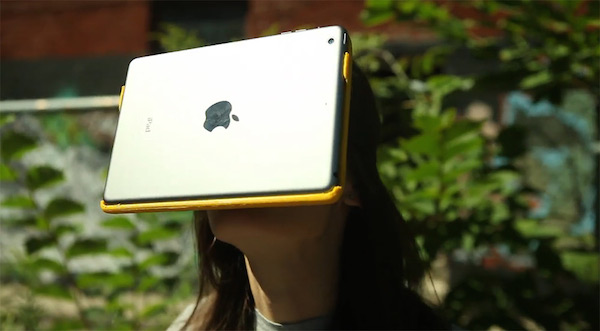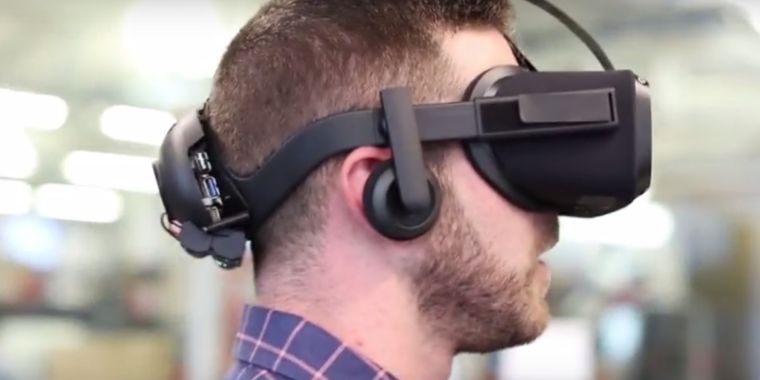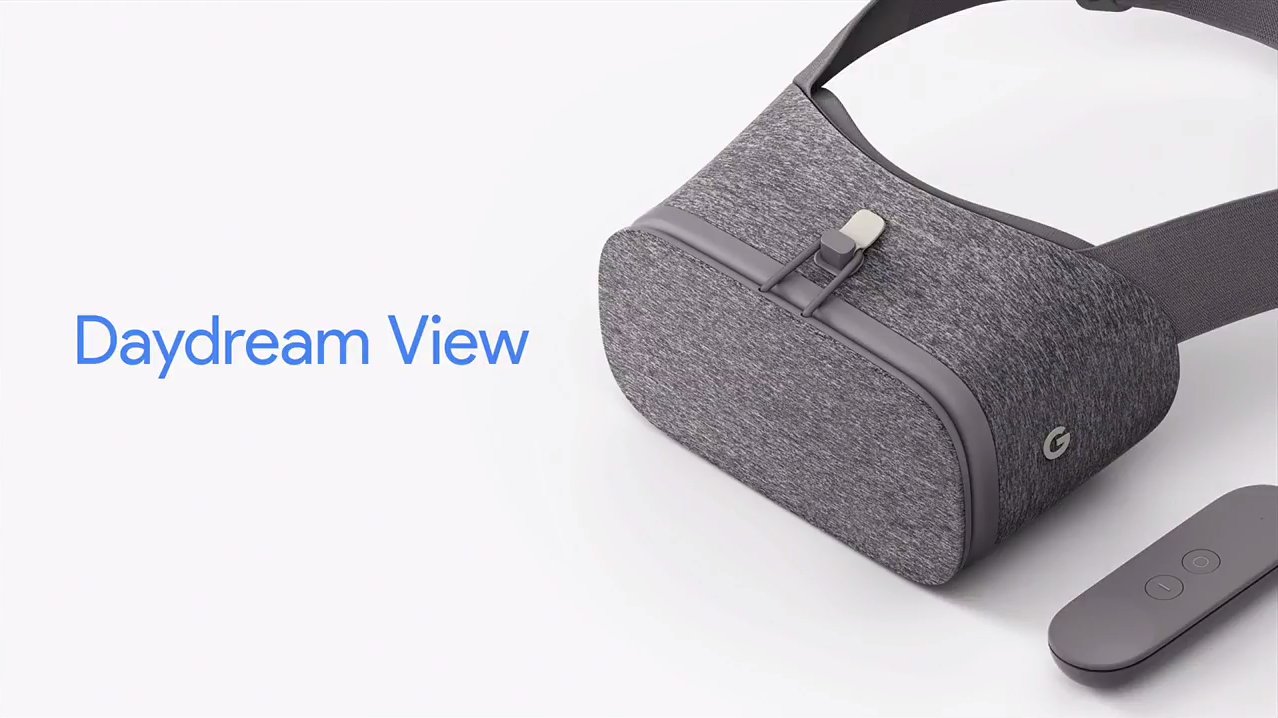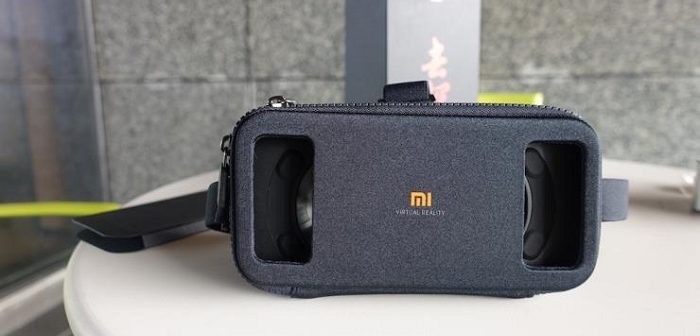The Future of VR is More Powerful Smartphones for Everybody
LifestyleTech January 28, 2025 Damon Mitchell

Last week, three different portable VR headsets made the news, one of which carried the name Oculus. Not one of those headsets required wiring to a powerful computer because those are dumb. Actually, this is worse:

(Source: atsushishi.com)
Perhaps we’ve been looking at this thing the wrong way.
While computers that double as backpacks are neato, perhaps the future of this technology isn’t as much about strapping today’s computers to our bodies, as it is making our smartphones as powerful as PCs.
This last week, Oculus’ prototype headset made the news as one to watch. Google introduced a headset and phone combo and Xiaomi introduced a simple design too.
With all these new mobile VR options, the question that we have to ask is, how do we close the power gap when mobile processors are so slow?
Oculus Santa Cruz

(Source: arstechnica.com)
This one isn’t yet on the market, but when it hits, lookout. From reviews, the Santa Cruz (OSC) looks like the Rift, but without all those pesky wires hanging about.
You don’t need a smartphone with the OSC either. It comes with its own display and brain.
On the latest prototype, the board sits at the back of your head. There’s also one more difference between this VR headset and other headsets. Using something they call “inside-out” tracking, the OSC enjoys a full range of motion head tracking.
Most VRs have limits, where the field of view will drag with your head as you reach the end of the tracking range. Not the OSC. You see more.
Oculus isn’t saying when this prototype will be ready to sell, but we can do the math. It won’t be in time for Christmas and it won’t be as powerful as the Rift, not yet anyway.
We are years from portable processors powerful enough to outperform wired options. Santa Cruz’s design and inside out technology appears to work around portable limitations with leaner processing needs.
Oculus is talking much about it, but we can assume that the final product will carry a powerful chip. That tech might not make it into our smartphones, but it won’t cause the smartphone manufacturers to slow down.
Google Daydream

(Source: polygon.com)
Daydream is brand spanking new. In an almost Apple-like move, Google introduced a VR headset with proprietary hardware requirements.
Not just any smartphone will work with the Daydream tech. You may be able to cram any phone into a Daydream headset and use the Cardboard app, but not the Daydream app. You have to have a Daydream certified phone for that.
To help you make the right choice, the Googes released their Pixel phones, a first stab at the smartphone market and Apple. These phones are nothing game-changing for speed and power, but they represent a new paradigm.
If the idea of building phones to improve our VR experience catches on, we may see phones in the near future with much more powerful chips built just for that purpose. [We’re looking at you Apple.]
Google is treating Daydream more like high-end packaging for their phones. Daydream is so cheap, it’s free for early adopters of the Pixel phones via a coupon from Google.
Xiaomi’s VR Play

(Source: igeekphone.com)
What Xiaomi represents more than anything is the message that we’re not done with the Cardboard format. It also represents that China is in the portable VR game.
No surprise, XIaomi works with Google. They have their own app platform for the VR Play but have hinted at a Daydream compatible headset soon.
In fact, the VR Play headset is similar to the Google Daydream in that it is the only other VR headset wrapped in fabric. It’s like they knew.
The VR Play ensures that the VR revolution is a worldwide movement. We can expect teams on both sides of the globe racing to make powerful phones work better in these applications.

(Source: aggr.tumblr.com)
The architectural differences between the processor in your laptop or desktop, versus the processor in your smartphone are dramatic. We’re a long way off from smartphones that process massive amounts of data (like dynamic virtual worlds) with the speed and fluidity of your PC.
VR may contribute more than anything to closing this gap, even if it’s not about using our phones as VR displays (as with the OSC). As they say, necessity is the mother of invention.
We NEED this.